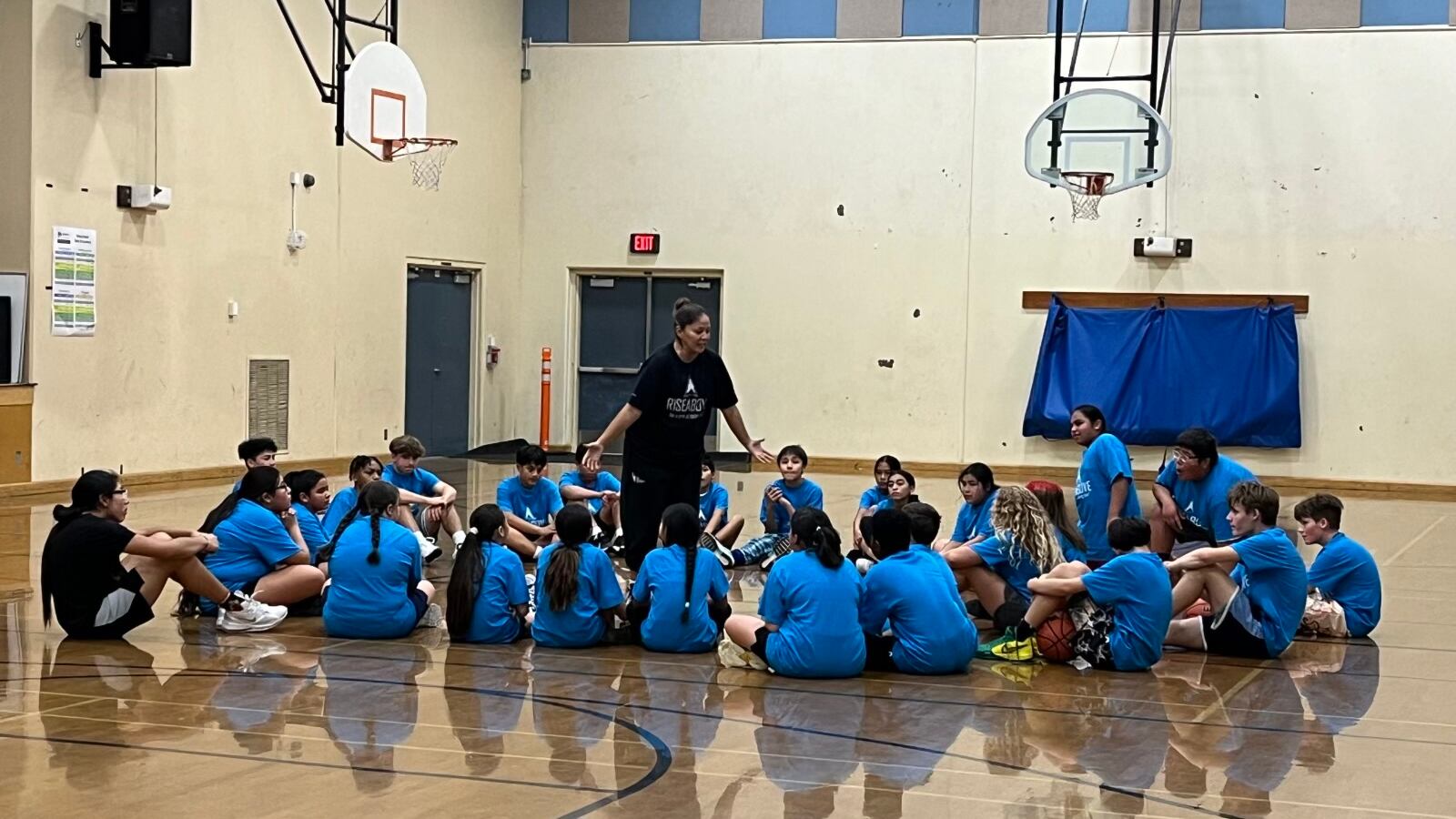The Indian Parent Committee and other members of the Native American and Alaska Native communities will press the Portland Public Schools Board this week to add $40 million for a Native Student Success Center to the district’s upcoming $1.83 billion schools bond.
The board is trying to refer its bond package for the May 2025 election at its first meeting of the year Tuesday. Its budgetary scope is expected to cover remaining high school modernizations, facility improvements and curricula, and has been adjusted and finalized over the course of several meetings during the past year.
But at its last meeting of the year on Dec. 17, the board heard a proposal to build the Native Student Success Center, which would concentrate on improving results for some of the district’s most marginalized students. It had been discussed at a couple of meetings in spring 2024, board member Julia Brim-Edwards says, but she added it was abandoned at some point after June, before she started following up on it again in late November.
The proposal stoked anxiety for many School Board members, who concluded it was too late to add the line item to the bond. “It seems like if we’re putting it in there, we have to take it out of somewhere else. I don’t see a lot of places to do that,” said board member Patte Sullivan, whose sentiment reflected that of a majority of the board.
But the Indian Parent Committee, a group of parents who volunteer and fundraise for the Native community, has no plans to back down from its proposal. Along with other community members, they’ve registered to make public comment and will bring a drum to Tuesday’s meeting to express their support for a center.
Indeed, the Indigenous community has reason to fret. Disaggregated test scores consistently spell bad news for PPS, especially for its Black, Native American and Alaska Native students. Such students perform worse on testing, have lower graduation rates, and have higher rates of chronic absenteeism. While 56% of third graders districtwide are proficient in reading, only 7% of Native American students are. (There are 237 Native students in the district, according to 2024-25 enrollment data.)
The parents deny that what they’re proposing would raise the bond’s price tag. Tamara Brown, interim president of the IPC, says suggestions she’s proposed include using interest from the bond or reducing the amount spent on items like administration.
“Overall within the district, our statistics remain dismally low,” says Norrine Smokey-Smith, an elder in the IPC. “‘I’ve been involved in the district for about 45 of those years, and not much has changed in terms of student achievement. So, clearly, we need to do much more.”
WW spoke with five members of the Indian Parent Committee who described a two-part vision for the Native Student Success Center. The parents hope it will first help centralize resources for Native students across the district. Right now, Smokey-Smith says only three full-time staffers are assigned to the district’s Indian Education Program. With students spread out across the district, “it’s an impossibility to get out to all of these schools and connect with the kids.”
The other plank of the proposal: a gathering space. Robin Butterfield, who has been involved with Native education for decades, says she’d like the space to be a hub for community gatherings, graduation ceremonies, guest speakers and teacher training.
“We would like a place. We are people of the land, and we’ve given up a lot of land,” Butterfield says. “We’re dreaming big here. But we need to have some beginning spot.”
Butterfield adds that a bond could also help fund curriculum, and that it’s important to update that so kids can learn about Indian history and culture.
The board’s skepticism of the proposal is fueled by the recent struggles of a similar initiative. PPS’s audits for its 2020 bond largely showed benchmarks being met, with a notable exception: the district’s Center for Black Student Excellence, which the auditor found hadn’t spent a cent and was well behind fulfilling its timeline.
At the Dec. 17 meeting, School Board member Gary Hollands asked if the board should roll forward with another proposal tailored to one demographic, especially given the district’s troubles with a similar project.
The Indian Parent Committee acknowledges that voters might see parallels between CBSE and what the committee has put on the table. But Butterfield says the project would start on different ground than CBSE: She says the community already has some staffing and baseline plans.
“We’ve been talking about [comparisons to CBSE], we’ve been doing some planning. We have resources in our community going back decades,” she says. “We don’t feel like we’re starting from scratch. We have what it takes to be successful.”
Why $40 million? IPC members said they’d used other PPS projects to estimate the funds they’d need. “It’s a number that we know we can do something with,” says Breanna Gervais, an IPC aunt and teacher at PPS.
Brown, the interim president of the IPC, says she was a little taken aback by how quickly some School Board members brushed off the proposal at the last meeting. She and Gervais both say they feel that continually extending “conversations” with the Native community becomes unproductive and performative.
“We deserve to have our resources put forward first and then to have conversations with us about how to meet our students’ needs. What’s performative is continuing to just tell us, let’s talk about it,” Gervais says. “We know that Native American students do better when they are in places that look like their homes and around people that look like them, and Portland Public has the ability to lead that work.”

